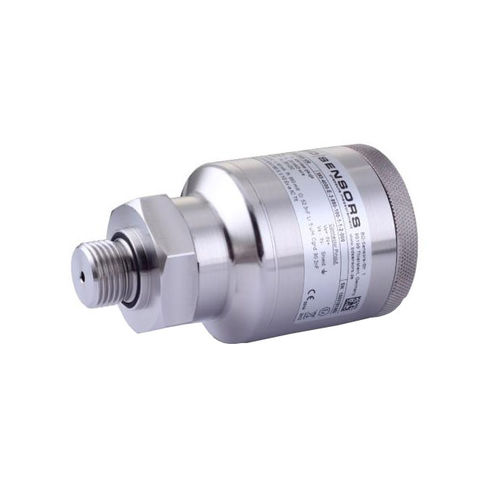The pressure transmitter DMK 456 has been developed for measuring the pressure in systems and the level in tanks and is as a consequence certificated for shipbuilding and offshore applications.
Due robust stainless steel field housing and the possibility to use the device in intrinsic safe areas (temperature class T6) enable to measure the pressure of aggressive gases and fluids under extreme operating conditions. The basis for the DMK 456 is a capacitive ceramic sensor element designed by BD|SENSORS, which offers a high overload resistance and medium compatibility.
Features:
- nominal pressure: 0 ... 40 mbar up to 0...20 bar
- accuracy: 0.25 % (opt. 0.1 %) FSO
- shipping approvals: ABS, BV, CCS, DNV, GL, LR
- IS-version (temperature class T6), Ex ia = intrinsically safe for gases
- high overpressure capability
- robust stainless steel field housing
Optional Features:
diaphragm AI2O3 99.9%

